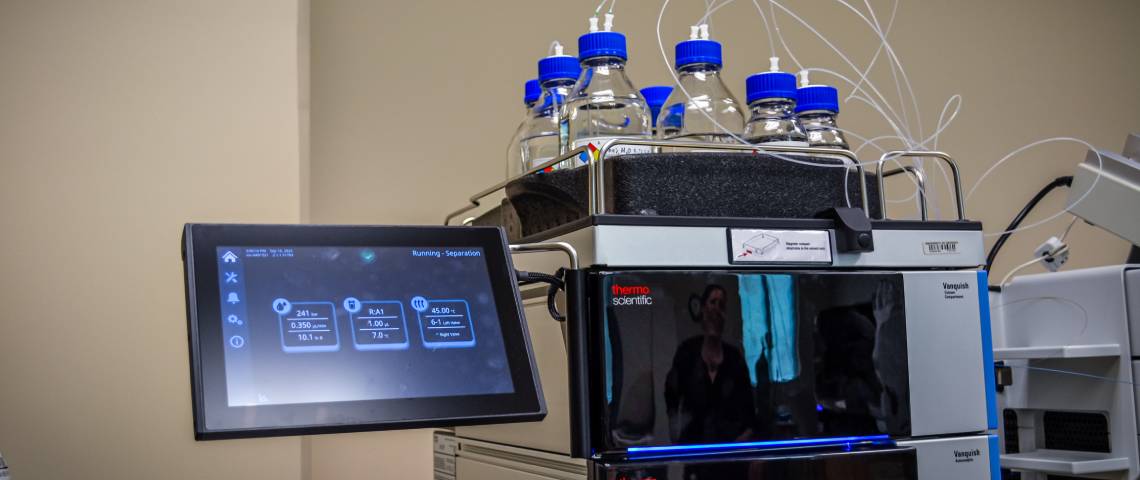O-GlcNAcylation: A major nutrient/stress sensor that regulates cellular physiology

O-GlcNAcylation is a dynamic post-translational modification involving the attachment of N-acetylglucosamine (GlcNAc) to serine or threonine residues on nuclear and cytoplasmic proteins. This process serves as a critical nutrient and stress sensor that influences a wide range of cellular functions, impacting processes such as transcription, protein degradation, and cellular signaling pathways.
The dynamic nature of O-GlcNAcylation is maintained through the interplay of two key enzymes: O-GlcNAc transferase (OGT), which adds the GlcNAc moiety, and O-GlcNAcase (OGA), which removes it. Because OGT’s activity is closely linked to cellular metabolic status, O-GlcNAcylation directly reflects changes in nutrient availability, such as fluctuations in glucose and other metabolites derived from the hexosamine biosynthetic pathway.
In response to cellular stress, O-GlcNAcylation often serves as a protective mechanism. During events like heat shock, oxidative stress, or hypoxia, the modification can stabilize proteins, enhance stress response pathways, and regulate the function of key transcription factors. For example, it has been shown to modulate the activity of tumor suppressor p53 and influence the circadian clock by regulating the core clock proteins, thereby linking metabolic cycles with timekeeping mechanisms in the cell.
Given its regulatory role in numerous physiological processes, dysregulation of O-GlcNAcylation has been implicated in various diseases, including diabetes, neurodegenerative disorders, and cancer. Elevated levels of O-GlcNAcylation are often observed in cancer cells, where they may support tumor growth by enhancing cell survival and proliferation. Conversely, reduced O-GlcNAcylation is associated with metabolic disorders like diabetes, underscoring the modification’s role as a metabolic sensor.
Research continues to explore the therapeutic potential of modulating O-GlcNAcylation to treat these conditions, with small molecules targeting OGT or OGA showing promise in preclinical studies. As scientists gain a deeper understanding of how this modification integrates metabolic and stress signals to regulate cellular physiology, it opens new avenues for intervention and the development of metabolic and neuroprotective therapies.
